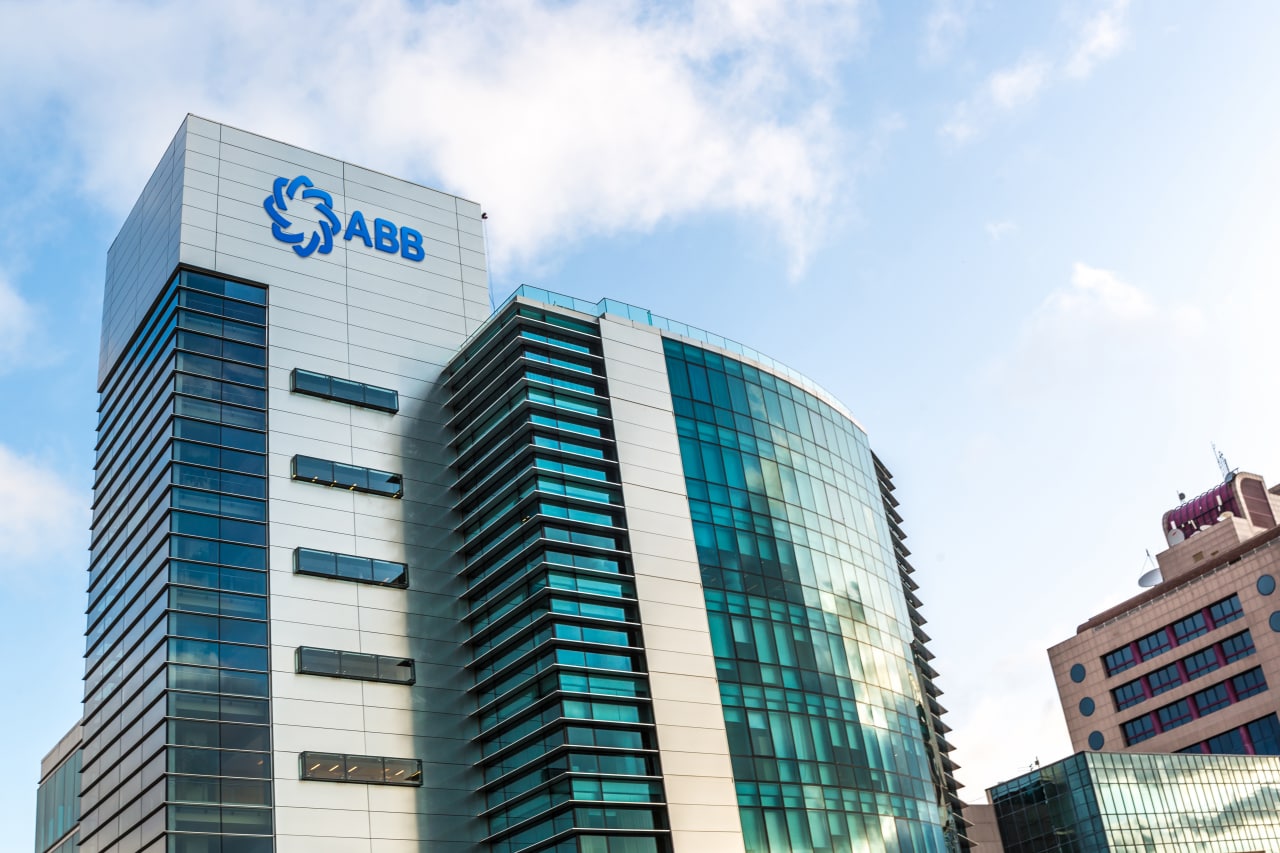
Client:Kepak
Region:Europe
Kepak successfully welcomes robots to the family

10
processes automated
5
processes in the pipeline
54
ideas for automation
15,000
hours handed back to staff so far
Client Overview
Kepak is one of Europe’s leading meat producers with 12 manufacturing plants and three office locations across Ireland and the United Kingdom (UK). It’s a family-run firm that grew from a single butcher’s shop into a diverse food business offering a wide range of goods and services to supermarkets and the hospitality industry.
Noel Keating founded what’s now Kepak when he opened The Keating’s Butcher Shop in 1966. Nestled on Dublin’s bustling Francis Street, not far from St Patrick’s Cathedral, the company has expanded to employ over 4,500 people, working with 28,000 farms.
Despite this meteoric rise, it preserves the character of its roots, combining a long-established family approach with an entrepreneurial spark. “We’re an innovative business,” explains Walter Martin, Head of Group Finance at Kepak. “Part of that means being self-sufficient and fixing problems yourself.”
“We also operate in a low-margin industry,” he continues. “So, we need to be as efficient as possible to boost profitability. Other sectors can invest in expensive tools such as enterprise resource management software or business information systems. This requires significant capital investment we simply can’t justify.”
Jeremy O’Callaghan is Chief Information Officer (CIO) at Kepak and works alongside Martin. Soon after taking the role in January 2018, he decided robotic process automation (RPA) could play a role thanks to its ability to deliver a quick impact without significant initial spending.
“I joined the business from a construction equipment firm,” begins O’Callaghan. “It had used software robots before, and I believed they could help. Walter and I visited one of the sites and we were impressed.”
Martin instantly knew they were on to something, and he became the sponsor for RPA at Kepak. “We’d found a solution that could be applied across the business to boost efficiency. However, I didn’t want to be too focussed on finance. Rather, I wanted to champion the technology at board level and see it used in a range of departments.”
Any IT project that is pushed into a business will not be well adopted. We’ve ensured our teams bought into RPA first so we can implement it on their behalf. It’s been really successful.
Jeremy O'Callaghan • Chief Information Officer, Kepak
The first automation
Having taken inspiration from their visit, the team decided to create a proof of concept for the accounts payable team in the finance department. At the time, six employees processed invoices. It was laborious and time-consuming. Day-in, day-out, they did the same thing. The automation allowed four members of the team to move onto more interesting roles, removing 2,388 hours of repetitive tasks a year.
It was so successful that the robot quickly became a celebrity and got the name Bertie, short for Albert Einstein. “He was a genius and so is our Bertie,” laughs Michael O’Meara, Kepak’s Group Business Systems Manager, and the one who’s leading the RPA program at the firm. He has an operational focus, working alongside Martin and O’Callaghan.
For me, adopting RPA wasn't a hard thing to do from finance perspective. I saw a relatively inexpensive solution that allows us to overcome frustrations with old systems.
Walter Martin • Head of Group Finance, Kepak
Beefing up Bertie’s role
Bertie quickly got more work as the team beefed up his role. “There was a lad who had the responsibility of sending receipts from one department to another,” recalls O’Meara. “We got Bertie involved. Before we knew it, we had an automation working across two parts of the business. It was beginning to grow.”
Ideas for Bertie began to bubble up from the business, including one for gathering data. “Our success is very closely linked to commodity prices,” O’Meara continues. “We need to understand the changing cattle prices across the country to plan effectively. This entailed scraping data from the Department of Agriculture’s website and putting it into a dashboard.”
This manual task was often at the bottom of the list for busy team members. “We decided to automate it,” O’Meara beams. “We integrated the robot with our own software to ensure the data was always up-to-date and available.”
Just as Bertie began to make an impact here, he was volunteered for other work across the organization. “As of today, we have 10 automations running, with five in development,” O’Callaghan says. “We’re saving 15,000 hours of work a year,” he adds, with an obvious note of pride in the achievement. “Bertie’s been such a success that we’ll soon be giving him a sister,” O’Meara laughs. “We haven’t named her yet. Perhaps we’ll hold a competition to christen her.”
Maintaining focus
With such momentum behind them, automation requests began flooding in. “54 ideas have been submitted,” enthuses O’Callaghan. However, the team is careful to ensure only the most suitable opportunities are acted upon.
"Governance is something we pay particular attention to,” says O’Meara. “When we created the first automation, we held roadshows to explain what we were doing. This prompted lots of ideas. We started by adding them to an Excel, but soon realised we needed the UiPath Automation Hub to orchestrate it all.”
The business now has a solid plan for managing RPA. “We explain how people can submit ideas. These are reviewed by a business analyst before a selection committee considers it. We make decisions based on how easy it will be to implement, the time it will take, if we’ve done something similar before, and the expected business benefit,” O’Meara adds.
Overcoming challenges
The only thing that limits Kepak’s ability to deliver is team capacity. “We’ve purposefully kept everything in-house. We wanted to maintain knowledge and ensure automation became part of the business,” Martin says. “This can create limitations sometimes, but we’re overcoming them by training citizen developers through the UiPath Academy.” These are non-technical users who can create simple automations for themselves or their department.
Another challenge is something that nearly every organization using RPA goes through: gaining employee buy-in. While there’s been lots of enthusiasm at Kepak, there have rightly been questions asked by employees about the role software robots play.
“We’re keen to point out that robots are here to take away monotonous tasks,” Martin assures. “Even then, some people do push back. If that happens, we explain that automation will make their day better. We also show them how it’s helping their colleagues. Quite often, they come back to us asking for support.”
When this happens, it also presents an opportunity to review and improve processes. O’Callaghan picks up the story: “Often, someone will tell us how simple the process is and explain it. In doing so, it becomes clear it’s quite complex and we can streamline it—as well as automate it.”
The team has also found that cross-collaboration between departments has helped RPA adoption at Kepak. “We’ve had the finance team involved from day one,” says O’Callaghan. “If IT had tried to do it alone, we would have found it harder. Together, we pushed RPA to the business and people embraced it.”
The first automation we created reduced workload from the equivalent of six people down to two in our accounts payable team. The time saved allowed colleagues to work on high-value activity.
Walter Martin • Head of Group Finance, Kepak
The future
When asked what the future holds for RPA at Kepak, O’Callaghan says, without dropping a beat, “Automation to support our sustainability targets.” It’s an important area for the business, which works closely with the farming community.
“There’s a rule of thumb when it comes to sustainability,” Martin adds. “You can’t do anything about that which isn’t measured. If you can measure it, you can often save 10 percent immediately. So, we’re going to use software robots to measure and report for us.”
Regarding advice for others on their automation journey, the team has some excellent recommendations. “Never automate a bad process,” Martin volunteers. “Have good communications and explain RPA to all team members. Also make sure you focus on the benefits,” O’Callaghan chips in.
“Be critical of the RPA process and be careful not to do everything. Agree to those automations that will provide the greatest value - don’t try to do everything just because you can,” Martin chimes in again. “Keep it simple and focussed on outcomes.”
The biggest piece of advice Martin, O’Callaghan, and O’Meara can all agree on is to take time, do it properly and be patient. There will be some overnight successes, but these need to be sustained by embedding RPA into the organization.
“We’re a family business,” Martin concludes. “And in families, you need to be patient and supportive. Especially in an industry like ours, which is very traditional. We’ve welcomed software robots into our family, and we want them to stay.”
Related case studies
Ready for your own case study?
Speak to our team of knowledgeable experts and learn how you can benefit from agentic automation.






